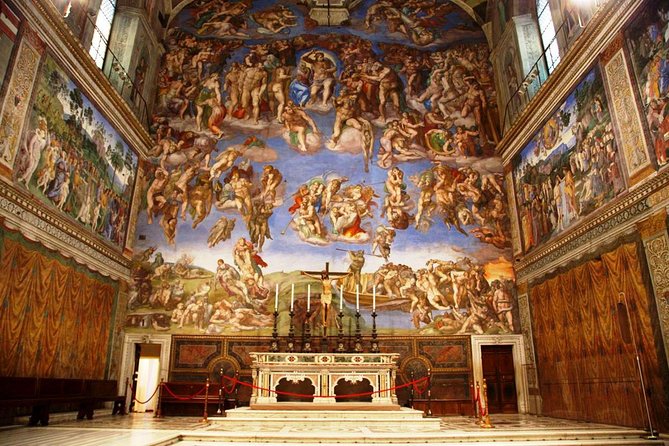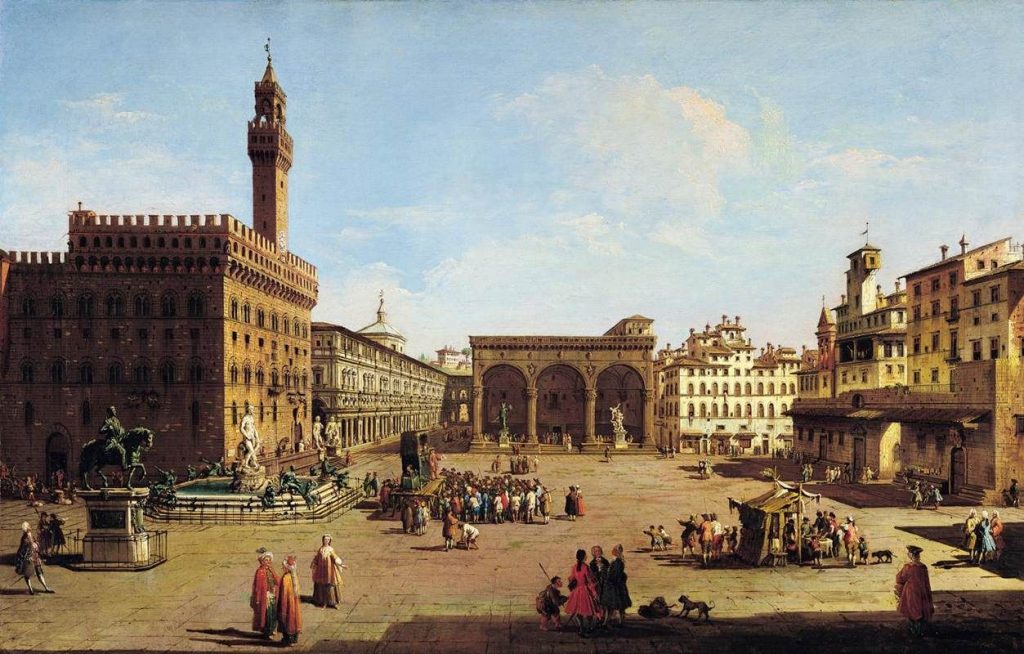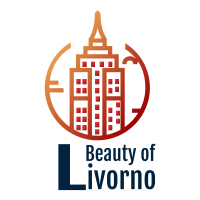The Renaissance was a significant period in the history of Europe. Great artists, architects, and politicians of the period realized the importance of the new media they introduced and saw the potential this had for their business and ministry.
Given that the Renaissance brought so much new and eternal, it is surprising to say that this was not the case in the field of hygiene. People who work in this sector, such as commercial cleaning Alexandria, can tell you more and better about it.
At this time, people relied on natural premonition and observed nature and weather conditions. Based on that, they estimated what the next day would be like. Today you can simply look at the fishing forecast and decide if you will go fishing. It is much simpler than in that time.
From the end of the medieval period until the 16th and 17th centuries, Italy became a center for trade across the Mediterranean and Atlantic, especially on the sea coasts. The country became a large trading group, with a large population and very different economical practices.
The Renaissance changed very little over the centuries. The Italians continued their traditions and became famous for them. Unfortunately, the more famous and powerful families were not idle. They used the new media to gain power and wealth. Michelangelo, da Vinci, and Raphael were their sons; and Leonardo da Vinci’s, Raphael’s, and Raphael’s assistants continued work on the centers of the Empire.
The center of the Sistine Chapel
According to the Renaissance legend, Michelangelo worked on the ceiling of the Sistine Chapel ceiling while Jacopo Pozzoli worked on the altar. In reality, Michelangelo worked on the Royal Chapel, the chapel which Michelangelo was supposed to have designed. The hands of Michelangelo are even on the ceiling of the chapel and not on the altar. The truth is, Michelangelo has adhered to the chapel as a favor, and it was later remodeled by Giovanni Grassi.

In his sixties, Michelangelo began the restoration of the Sistine Chapel, which was then a free-for-all. He wanted to modernize the site to remove the banners of previous rulers and to invest the church with a new spirit of greatness. Within the next forty years, Florentine artists pitched in to help him.
The results are visible. While some Methodists remained, there is strong evidence that predominant conservative tastes predominated. When Babilonia, a conservative party, came to power, it appointed antipope persons, including Clement VII, Julius III, and locking stockades on the dome of Santa Maria Sopra Minerva, all recruited for the new religion.
It was a long process before the chapel was finally completed. Babilonia, by contrast, did not need stooped Michelangelo, but the countrymen, always wanting to center their nations on their forefathers, had no use for Squares. One of the famous squares is, of course, Santa Maria del Popolo.
They may not have had IT construction services San Antonio at this time, but they certainly knew what they were doing. And more than that.
Small Italian squares
The character of small squares is quite predictable. Italians like small squares, tend to locate them with a mystic, artistic feeling: the larger they are, the more significance they hold.
Square Florence, as Chauffeur Casio says as he teems along the road, is full of people not because of their prettiness or their bosoms, but because of something other that we can’t see. He isn’t wrong: each square is victorious. Balconies, fig-trees, and even sausages, surrounded by electric blue light, seem to exude the timelessness of centuries. Tourists don’t disappear. They just get lost. A square that is not a square is a square of lost tourists.

The Renaissance is a really special period in art and today it is difficult to meet that kind of criteria, but try it. Call a mortgage broker LA, and he will do his best to find something that suits your taste at the best possible price.
